The concrete floor, along with other types of flooring, needs waterproofing. Concrete itself ...
|
|
Sooner or later, the question arises of the need to dismantle the old double -glazed window. By... |
The parapet of the balcony is an integral part of the architectural structure of the house. Fencing ... |
How to use liquid nails
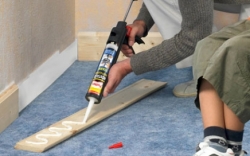
Liquid nails are a type of building glue, intended to connect homogeneous and heterogeneous materials and capable of withstand quite large loads. This product received its name from the American brand Liquid Nails (translated from English liquid nails), created in the distant 1968 company Macco.
In the open spaces of the domestic market, development appeared in the mid -nineties and has since been an indispensable assistant in the professional sphere. Found liquid nails use in everyday life. True, not knowing how to use liquid nails, you can seriously spoil the treated surfaces. Therefore, to study what the material is and what is the technology of working with it is necessary. And the information about what to wash the liquid nails will not be superfluous if something suddenly went wrong.
Table of contents
- The composition of liquid nails
- Types of liquid nails
- What are needed for?
- Subtleties of choice
- Liquid nails: Instruction
- Special pistol
- How to remove liquid nails?
The composition of liquid nails
The basis of the mixture is a rubber of synthetic origin and various polymers.
In the classic version of the product, special clay acts as a filler - with increased plasticity. It is mined in the USA, in Texas. Here, in fact, the key production capacities of local manufacturers of liquid nails are concentrated.
A number of developers, instead of miracle Glina, uses calcium carbonate (in simple words the most ordinary chalk). According to many experts, this does not in the best way affect the strength characteristics of the products.
Types of liquid nails
The power, adhesion and the stability of liquid nails to external factors determines, first of all, their chemical composition.
On this basis, it is customary to distinguish between organized and water -soluble adhesive compounds.
Water -soluble products are made on the basis of polyurethane, PVC or acrylic copolymers. It has good adhesion to many building surfaces, is characterized by quite high environmental indicators. The main disadvantage of water-soluble compounds intolerance of the cycle freezing-tangling. With it, their base is completely destroyed. Before buying, you should pay attention to some restrictions regarding the scope:
- polyurethane -based adhesives are poorly compatible with Teflon and polyethylene;
- acrylic and PVA-acrylate compounds are effective exclusively on porous surfaces.
Organized liquid nails are based on synthetic rubber. They are stronger, faster than water -soluble, grasp, demonstrate stability at temperatures below zero. Unfortunately, organic compounds are not devoid of shortcomings. Firstly, they have a sharp unpleasant odor. Secondly, fire hazard during application/hardening. Working with liquid nails of this type is permissible exclusively in well -ventilated rooms, far from electric heaters and open -flame sources.
After watching the video about liquid nails, you will definitely understand what's what.
What are needed for?
Most often, liquid nails are used for gluing wood, fiberboard, chipboard, ceramics, metal, brick structures, polystyrene, glass. Even those materials that cannot fit closely together are perfectly connected together. Able to withstand the load up to 80 kg/cm2.
It is not recommended to produce with liquid nails the installation of structures made of wet and raw wood.
If you need to glue heavy wallpapers, for example, from a natural bamboo, liquid nails are your best choice. And even the unprepared surface will not be a problem: it is enough to only remove the exfoliating paint or chalk plaster and you can proceed.
The composition is applied to the back of the wallpaper, after which they are applied to the wall and tapped with the palm. Then the wallpaper is removed so that the glue is slightly dry (up to 10 minutes). Next, the final installation of the material is performed. If the liquid nails have leaked along the edges of the paintings or between the bamboo, do not rush to remove them immediately. It will be much easier to do when the coating dries.
Ceramic tiles can also be installed on liquid nails. The degree of reliability of such a compound will be slightly higher than the one demonstrated by traditional tile compositions. But since the price of liquid nails for glue is 2-5 US dollars per tube (standard 310 milliliters), it is unprofitable to use the product in large volumes. With their help, it is optimal to mount soldered tiles, replace individual structural elements.
When gluing heavy objects to vertical planes, they should be fixed with shutters made of wood until the glue seam is completely hardened. How much liquid nails dry? Depending on the type and trademark from 12 to 24 hours.
Neoprene liquid nails should be stored in a dry cool place, when using them, it is not neglected by means of protecting with glasses, rubber gloves.
Subtleties of choice
All recommendations for the appointment and consumption of liquid nails can be gleaned from the instructions on the package. But, imagine, you came to the store, and there are dozens of their varieties. Re -read the whole task is not easy. What to do? Especially, given the fact that sales consultants are not always competent - not like in small stores, but in large building materials. Of course, first study the necessary information.
Quite often, buyers are offered to purchase universal glue on a non -repterate basis - the moment is especially resistant (Henkel). This is really a good choice to keep such heavy cladding as metal siding, natural stone, wood, pr. But if you need to glue foamed materials, for example, polystyrene, this option is not suitable. The best liquid nails in this case are the moment -based installation moment (pay attention to the gluing of Teflon, polypropylene and polyethylene are not suitable!).
The LN601 glue from Macco on a non -reprete basis is intended exclusively for internal work. Nevertheless, it is universal, since it will qualitatively and reliably glue any plywood, drywall, wood, chipboard, plastic and metal moldings to the wall. Unfortunately, LN601 is not suitable for facing the bathroom with ceramic tiles and the installation of mirrors.
Multi-Purpose on a neoprene basis has excellent adhesion to brick, concrete, dry plaster. But not only building surfaces on his shoulder, it is also recommended for plastic, foam, wood, ceramics, metal, chipboard and fiberboard. Multi-Purpose is not suitable for materials operating in the aquatic environment and polystyrene.
Memo to the master
- for ceramic tiles, rapidly dry water-soluble compounds of the Solvent Free or WB-50 titanium are optimal. They are resistant to moisture and small vibrations;
- for mirrors, it is better to choose those adhesives that do not contain substances that are corroding amalgam - Zigger 93, LN -930, etc.;
- in the bathroom, it is recommended to use compounds resistant to prolonged effects of moisture, among them - Tub Surround and Nail Power;
- capaches, moldings and skirting boards are conveniently mounted using fast -hot adhesives - Tigger Construction Adhesive, Solvent Free;
- for heavy designs, Heavy Duty High -strength, LN 901, Zigger 99 are suitable.
Liquid nails: Instruction
So, how to glue it on liquid nails correctly?
- Degrease and clean the surface.
- Using a construction gun, apply glue on the surface with dots, nets or snakes.
- Press the elements tightly to each other, give them the right position and hold them for about two minutes.
- Before having a mechanical effect on the design, wait for the complete drying of the adhesive (about a day).
Special pistol
To work with liquid nails, it is customary to use a special mechanical gun. The principle of its work is similar to the principle of functioning of the syringe. A tube with glue is installed in a special niche so that on the one hand there is a surface for pressure, and on the other, the tip.
By the type of mechanism, pistols are distinguished with reverse moves and without reverse strokes. The former are good for domestic use, and the latter for industrial.
How to remove liquid nails?
To know how to remove liquid nails for any home master is really very important. The fact is that this glue has high strength and is often not so simple.
However, a number of proven ways to combat the problem still exist.
- If the composition was applied recently, you can try to wipe it with water/solvent and sponge.
- How to wipe the liquid nails if they managed to dry? In this case, you should resort to special cleaners, which are always present on the shelves of construction stores.
- If you use cleaners, there is no desire and opportunity, it is permissible to use a scraper. True, you need to act very carefully so as not to damage the design.
And finally, to remove liquid nails, you can try to heat them. With an increase in the temperature of the medium to 60 degrees, the glue passes into a liquid-high state and easily removes from the surface.

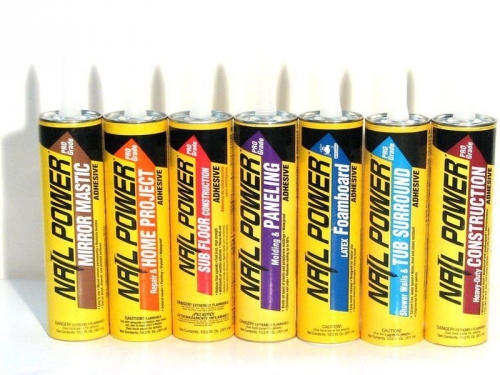
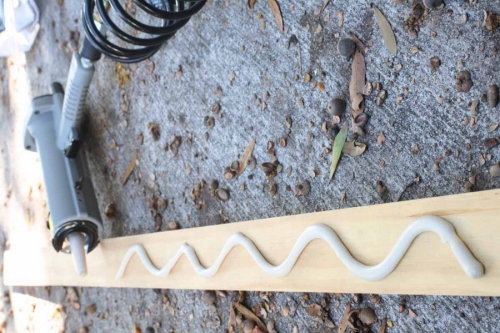
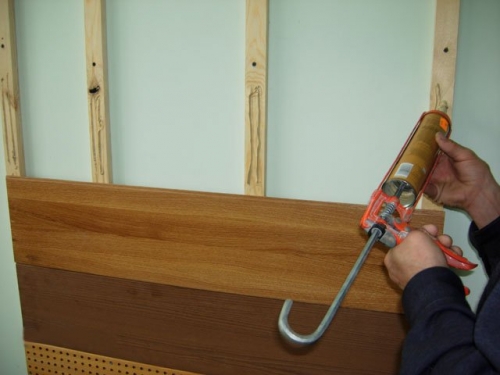
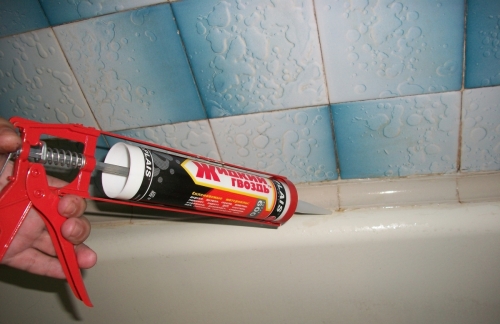
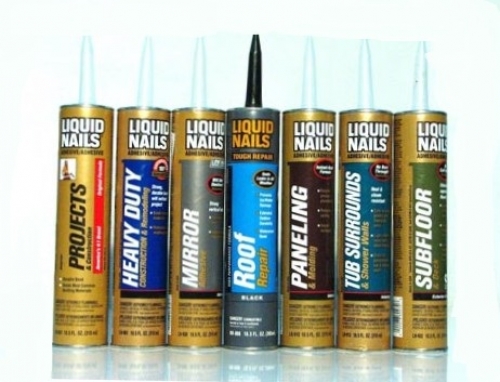
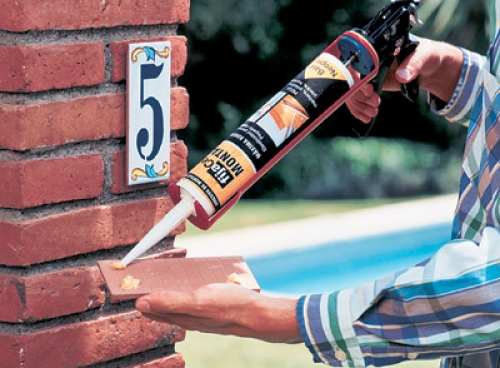
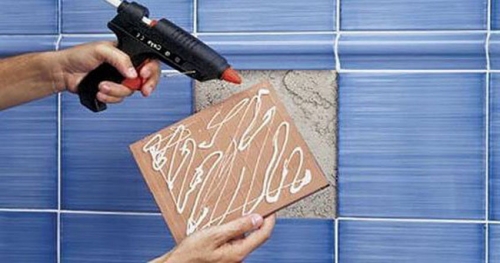
The last picture is not the same
The last picture is not the gun.
The last picture is not the same
"In the last picture, the wrong gun"
Fuck everyone.
replace the last picture
replace the last picture !!! Publicers ......